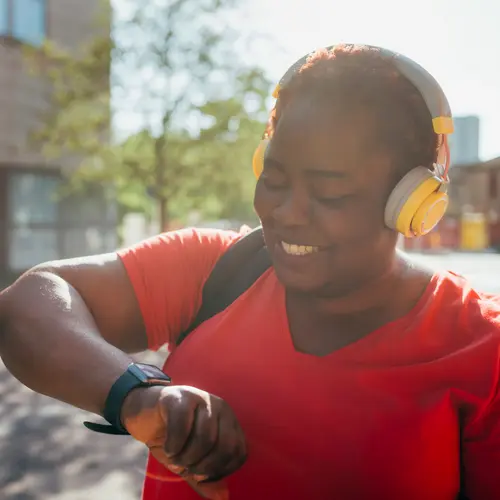Stress tests measure the amount of stress your heart can manage before it beats in an irregular rhythm or affects your blood flow. The exercise stress test is the one doctors use most often, including for people who have diabetes.
Also called an exercise electrocardiogram, treadmill test, graded exercise test, or stress ECG, an exercise stress test can tell your doctor how well your heart handles physical activity. You typically walk on a treadmill or pedal a stationary bike while your doctor watches your heart rate and blood pressure.
Your doctor uses this test to:
- See if your heart gets enough blood when you’re physically active
- See how likely you are to have coronary heart disease
- Check for abnormal heart rhythms
- Find out how well your heart medications are working or see if any procedures you’ve had done have improved the blood flow in your heart vessels
- Help figure out a safe exercise program for you
How Should I Prepare for the Exercise Stress Test?
Your doctor will give you specific instructions on what to do before your stress test. If you have diabetes, ask them if you should take your medication before the test.
- If you take insulin to control your blood sugar, ask your doctor how much medication you should take the day of the test and if you should eat a light meal.
- If you take pills to control your blood sugar, you may be told to wait and take your medication after the test.
- If you have a glucose monitor, bring it with you to check your blood sugar levels before and after your exercise stress test. If you think your blood sugar is low, tell the lab technician right away.
Other instructions may include:
- Don’t drink or eat foods with caffeine for 24 hours before the test. Caffeine can affect the results of your test.
- You may be told not to take certain heart or blood pressure medications the morning of the test that could affect your results. If you have any questions about your medications, ask your doctor. Don’t stop taking any medication without talking with your doctor first.
- If you use an inhaler for your breathing, you may need to bring it with you.
On the day of the test, wear soft-soled shoes that are good for walking and comfortable clothes. Don’t bring any valuables.
What Happens During the Test?
During an exercise stress test, a technician will first gently clean small areas on your chest and put electrodes (small, flat, sticky patches) on these areas. The electrodes are attached to an electrocardiograph monitor (EKG) that charts your heart's electrical activity during the test.
Before you start exercising, the technician will do an EKG, measure your heart rate at rest, and take your blood pressure.
You’ll walk on a treadmill or pedal a stationary bicycle and be asked to gradually go faster or work harder. You’ll do this until you reach a target heart rate, feel exhausted, or start having symptoms of heart issues.
The lab technician will regularly ask how you’re feeling. You should tell them if you feel pain or discomfort in your chest, arm, or jaw, are short of breath, dizzy, or lightheaded, or notice anything else unusual. It’s normal for your heart rate, blood pressure, and breathing rate to go up or for you to sweat during the test. The lab technician will watch for any symptoms or changes on the EKG monitor that suggest you should stop.
After the test, you’ll walk or pedal slowly for a couple of minutes to cool down. The technician will watch your heart rate, blood pressure, and EKG until they return to normal.
The appointment will last about 60 minutes, but the exercise time is usually between 7 and 12 minutes.
What Other Types of Stress Tests Are There?
Besides the exercise stress test, other kinds include:
- Pharmacologic stress test: This test is used for people who can’t exercise. They take a drug such as adenosine, dipyridamole, or dobutamine to make their heart respond as if they were exercising.
- Stress echocardiogram: An echocardiogram (often called an "echo") is a graphic outline of your heart's movement. A stress echo can show the motion of your heart's walls and pumping action when the heart is stressed. It can show a lack of blood flow that other heart tests can't.
- Nuclear stress test: This helps your doctor know which parts of your heart are healthy and work well and which don’t. You’ll get a shot of a very small and harmless amount of radioactive substance, then your doctor will use a special camera to see the blood flow to your heart muscle. This will be done first while you’re at rest and again after you exercise.
You’ll prepare differently for these tests, so ask your doctor for specific instructions.

